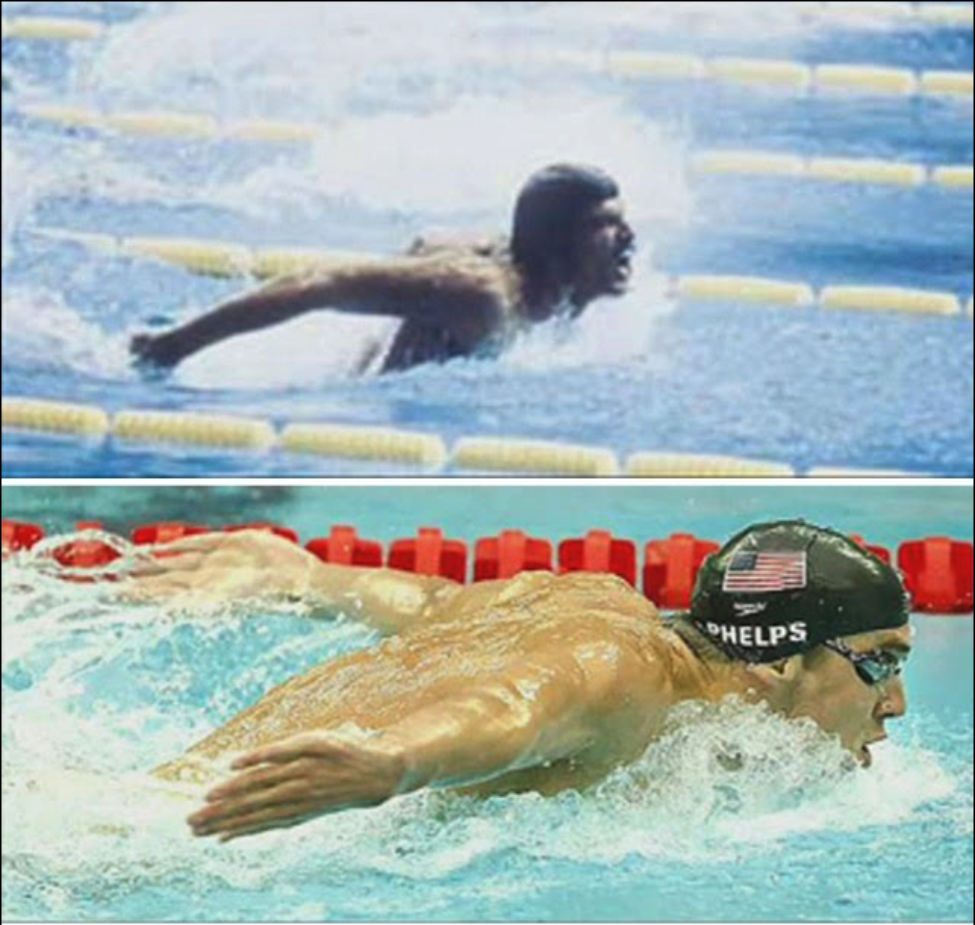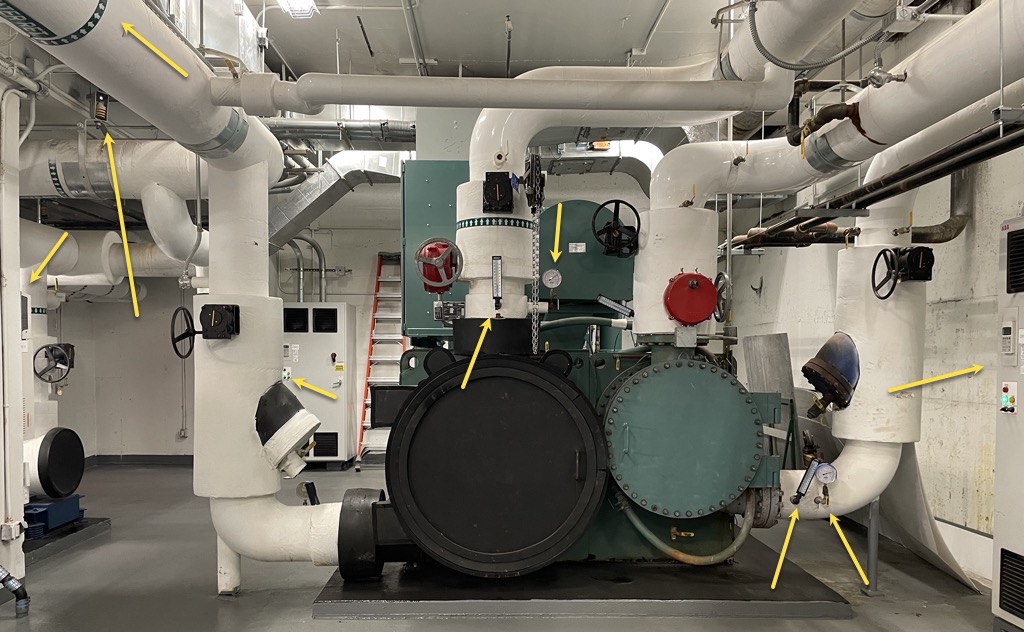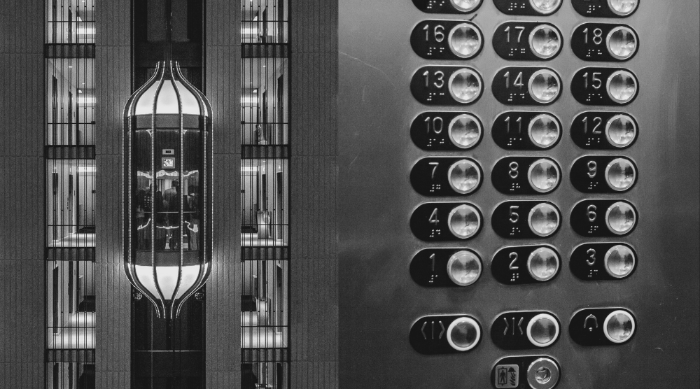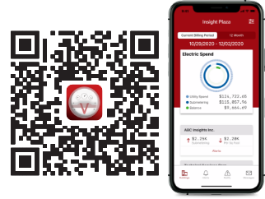The Butterfly Effect: What the Olympics Can Teach Us About Energy Plant Efficiency
What does Michael Phelps know about submetering? More than you might think.
What do you think of when you see the above photos?
For energy nerds like us, we think of submetering. Because what’s a more natural metaphor for the benefits of submetering and plant monitoring than swimming the butterfly?
Here’s what we mean.
The upper picture is Mark Spitz in the 1972 Olympics, and the lower is of the most decorated Olympian of all time, Michael Phelps, in 2012. Two amazing swimmers and an event that illustrates why modern athletes often break the records of the athletes of yore (and yes, we know 1972 isn’t exactly “yore,” but you get the point).
Up against you and me, Mark Spitz is an outstanding athlete. He won 7 gold medals in Munich in 1972, breaking world records in each event.
But if we compare Spitz and Phelps on the same event, Spitz’s best time for the 200-meter Butterfly was 120.7 seconds, while Phelps’s was 112.0 seconds. Take a moment to count those 8+ seconds aloud. Now you understand how far ahead Phelps would be in a head-to-head competition.
Why is Spitz so much “slower”? It’s not just the mustache. There's also better understanding of nutrition, there’s genetics (Phelps is taller, with longer arms and feet the size of flippers), and there’s technical equipment improvements like modern LZR racing suits, swim goggles, and swim caps. All of these elements help Phelps swim faster than Spitz by some fraction.
But it's the differences in technique where Phelps really gains ground. Note how far Spitz pulls himself out of the water when breathing, while Phelps skims the surface with his chin. With each stroke, Spitz goes up and down as well as forward, increasing his drag coefficient and wasting energy. Phelps stays higher in the water the entire time, which means it takes him less energy to propel himself down the swim lane.
Anything else seem different? Expert coaches point out that Spitz swims with noticeably bent elbows. This position increases stress on the shoulder and forces Spitz to use more energy to clear the water. Phelps, by skimming the surface with elongated arms, saves energy and can move his arms faster.
Finally (though not visible in these photos), Phelps’s hands don’t produce bubbles as he swims. That means he doesn’t trap air in his palm and fingers when his hands enter the water, so he “catches” more water than he otherwise might. In contrast, Spitz swims with bubbly hands, indicating he’s catching relatively more air and less water with each stroke. After all, if you’re relying on pushing the water to move yourself forward, you want to push as much water and as little air as possible.
Now let's transfer these concepts onto building management. Think about the tenant and common areas you’re metering (and the ones you’re not). Think about your pumps, your cooling fans, and the elements along your chiller loop. Consider your whole stroke.

Are your submeters measuring accurately? Are your supply temperatures lower than they need to be? Are your supply pressures too high? Are your setback schedules aligned with your occupancy schedule, or are you running your HVAC system continuously? Are your chillers undercharged with refrigerant such that you’re forcing your equipment to work harder and use more energy than it absolutely has to?
To go back to the swimming analogy, submetering is the underwater camera that lets you see where your stroke is off. It helps you identify why you’re putting in the energy but not getting the propulsion and where you’re catching tenant “air” and capturing less in tenant utility costs than you should be.
Meanwhile, plant monitoring is the analysis, the coaching, that can spot what changes you could make to your “technique” and how. Together, submetering and monitoring give the insight – the edge – that’s essential to upping your performance and winning gold.
You Might Like
About utiliVisor
Your tenant submetering and energy plant optimization services are an essential part of your operation. You deserve personalized energy insights from a team that knows buildings from the inside out, applies IoT technology and is energized by providing you with accurate data and energy optimization insights. When you need experience, expertise, and service, you need utiliVisor on your side, delivering consistent energy and cost-saving strategies to you. What more can our 45+ years of experience and historical data do for you? Call utiliVisor at 212-260-4800 or visit utilivisor.com



